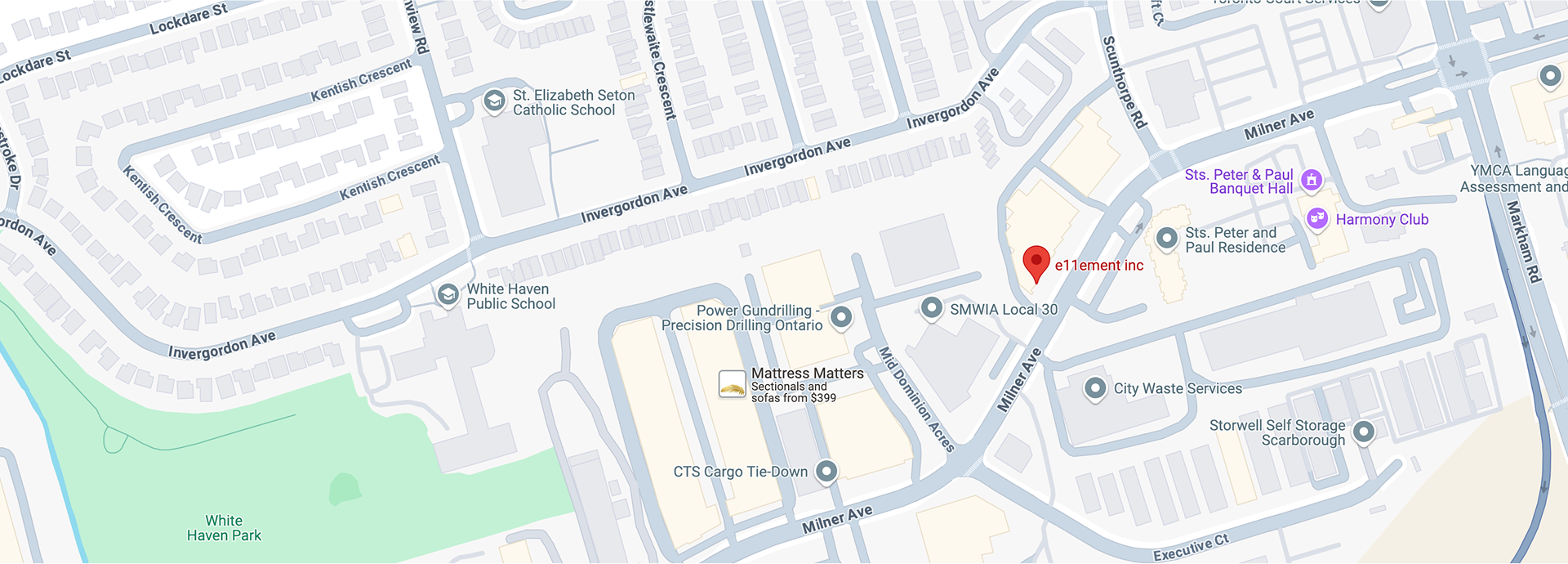Hypochlorous acid (HOCl) is a chemical compound with potent disinfectant properties. It's a weak acid naturally produced by the human immune system to combat infections. Commercially, it's used in various cleaning and sanitizing products due to its effectiveness against bacteria, viruses, and fungi. While its benefits are undeniable, it's crucial to understand the potential hazards associated with hypochlorous acid.

Hazards of Hypochlorous Acid
Corrosive Nature
One of the primary concerns with hypochlorous acid is its corrosive nature. High concentrations can cause severe damage to skin, eyes, and mucous membranes. Prolonged exposure or direct contact can result in chemical burns, irritation, and even tissue damage.
Respiratory Risks
Inhaling hypochlorous acid vapor can irritate the respiratory system. Symptoms may include coughing, shortness of breath, chest tightness, and difficulty breathing. In severe cases, exposure can lead to pulmonary edema, a condition where fluid accumulates in the lungs.
Skin and Eye Irritation
Direct contact with hypochlorous acid can cause skin irritation, characterized by redness, itching, and dryness. It's essential to wear appropriate protective gear, such as gloves and goggles, when handling this chemical. Eye contact can be particularly harmful, potentially leading to severe irritation, corneal damage, and even blindness.
Ingestion Hazards
Accidental ingestion of hypochlorous acid can result in severe damage to the digestive system. Symptoms may include nausea, vomiting, abdominal pain, and difficulty swallowing. In severe cases, ingestion can cause internal bleeding and organ damage.
Precautions and Safe Handling
To minimize the risks associated with hypochlorous acid, it's essential to follow proper handling and storage procedures:
- Ventilation: Ensure adequate ventilation when using hypochlorous acid products.
- Protective Gear: Wear appropriate personal protective equipment, including gloves, goggles, and respiratory protection when handling concentrated solutions.
- Storage: Store hypochlorous acid in a cool, dry, well-ventilated area, away from incompatible substances.
- Dilution: Always dilute hypochlorous acid according to product instructions.
- Emergency Preparedness: Have emergency response plans in place, including access to eyewash stations and first aid kits.
Hypochlorous Acid and Human Health
While hypochlorous acid is a potent disinfectant, it's important to note that excessive or prolonged exposure can be harmful to human health. The body's natural defense mechanisms can usually handle low concentrations of HOCl produced by the immune system. However, high levels of the chemical can disrupt the delicate balance of the skin's microbiome and potentially lead to skin conditions.
Environmental Impact
The environmental impact of hypochlorous acid is relatively low compared to other disinfectants. When used and disposed of properly, it breaks down into harmless substances. However, it's crucial to avoid releasing hypochlorous acid into the environment, as it can harm aquatic life.
Conclusion
Hypochlorous acid is a valuable tool for disinfection and sanitation. However, it's essential to approach this chemical with caution and respect for its potential hazards. By understanding the risks and following proper safety guidelines, individuals can minimize the dangers associated with hypochlorous acid and utilize its benefits safely and effectively.























